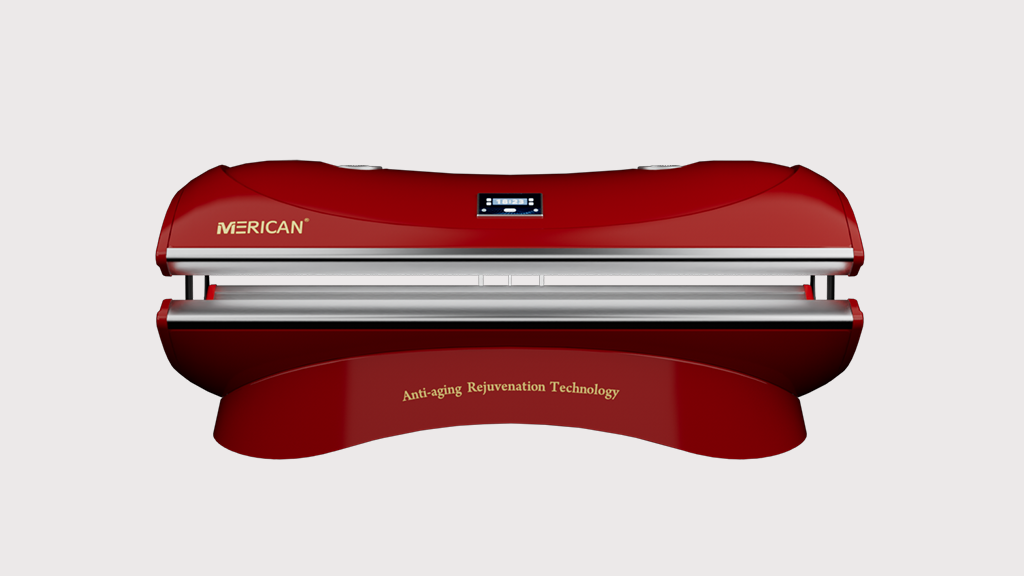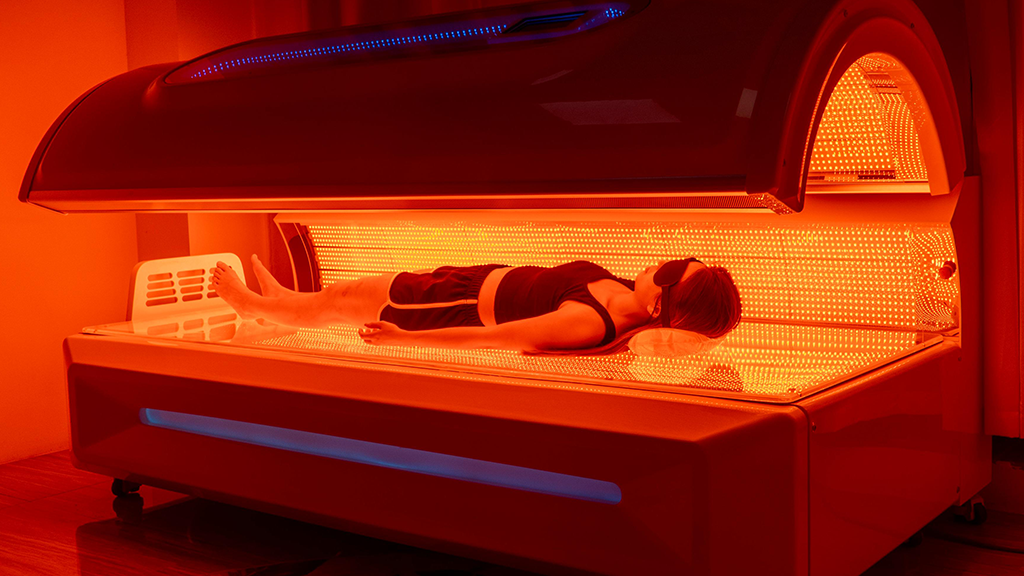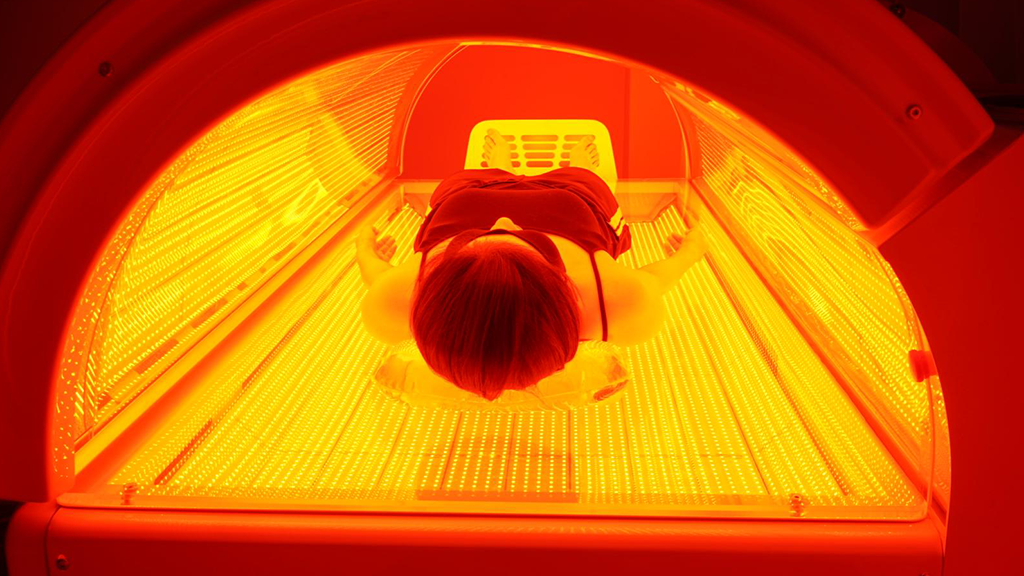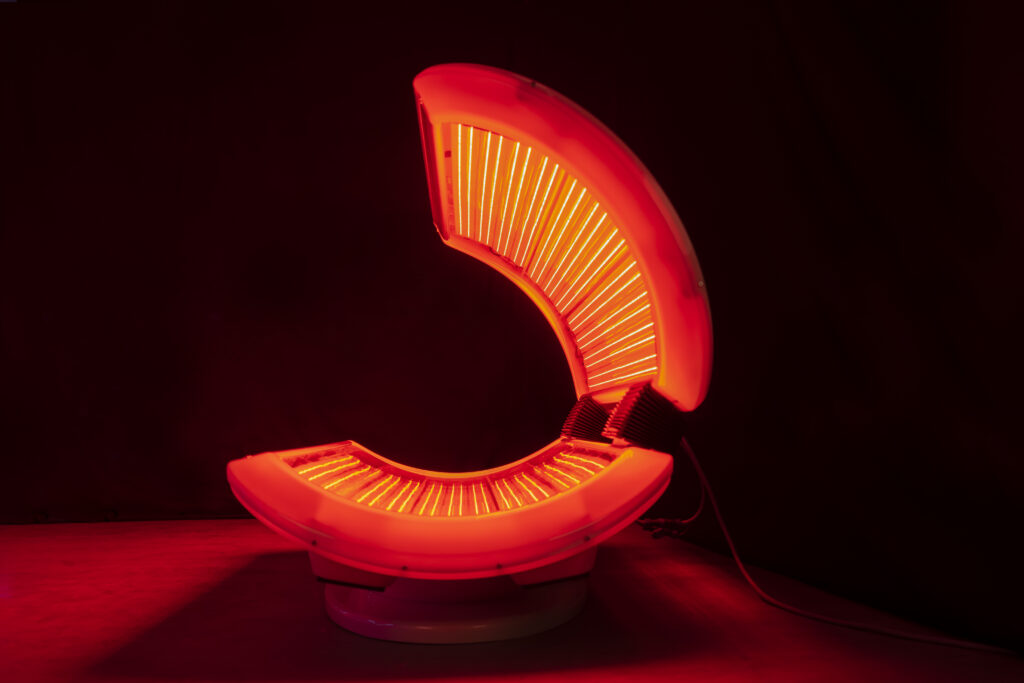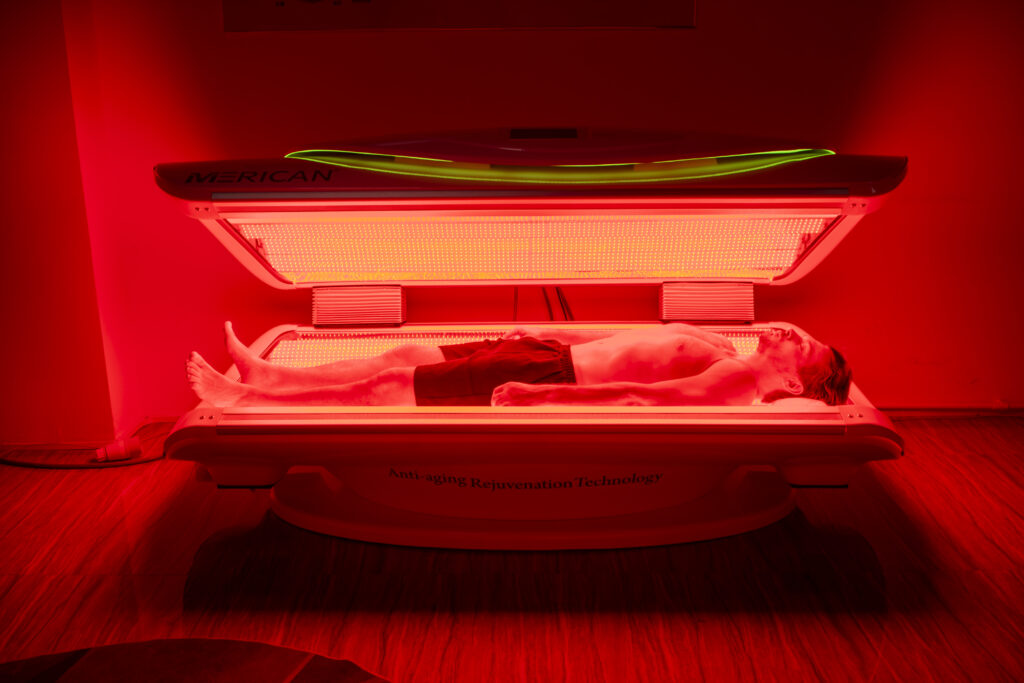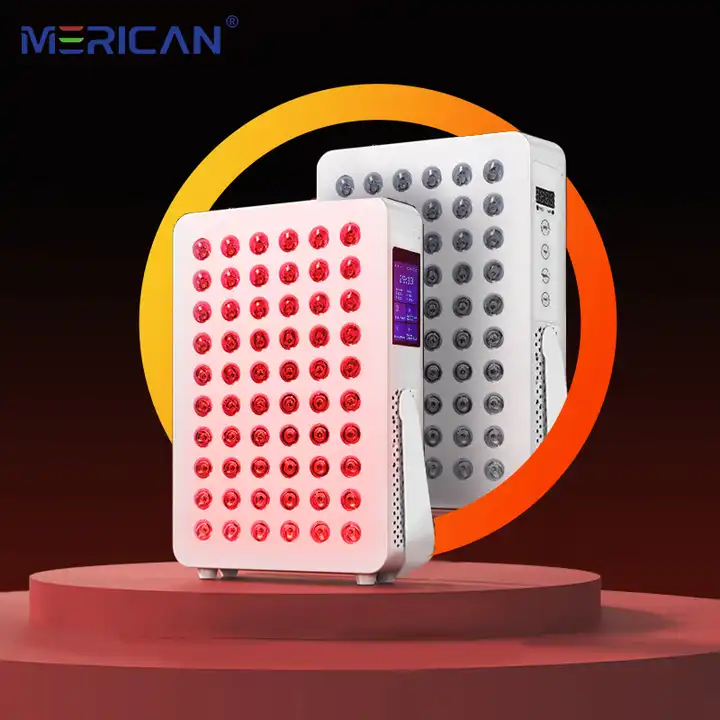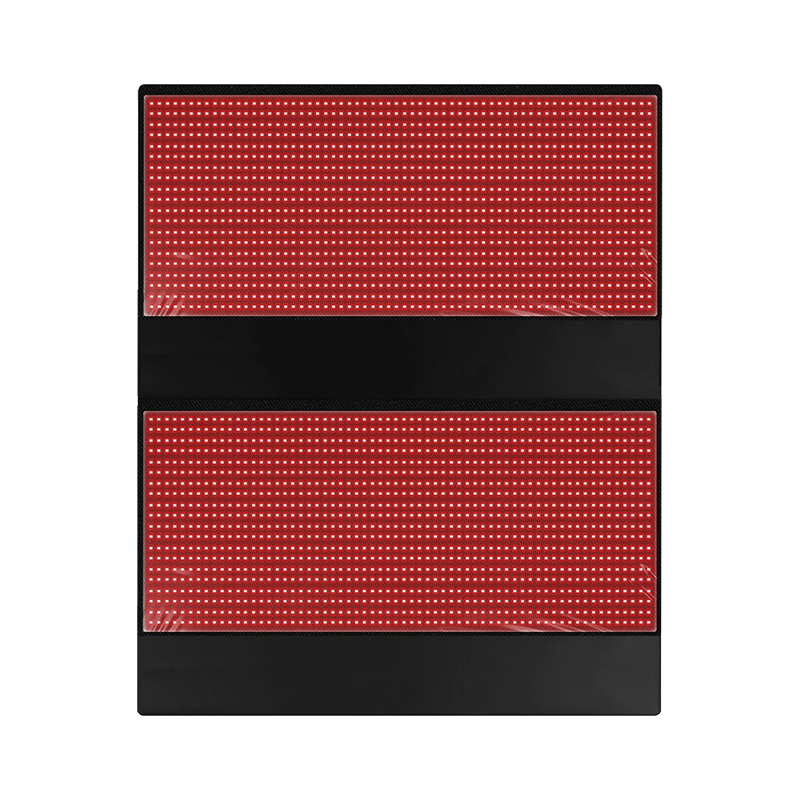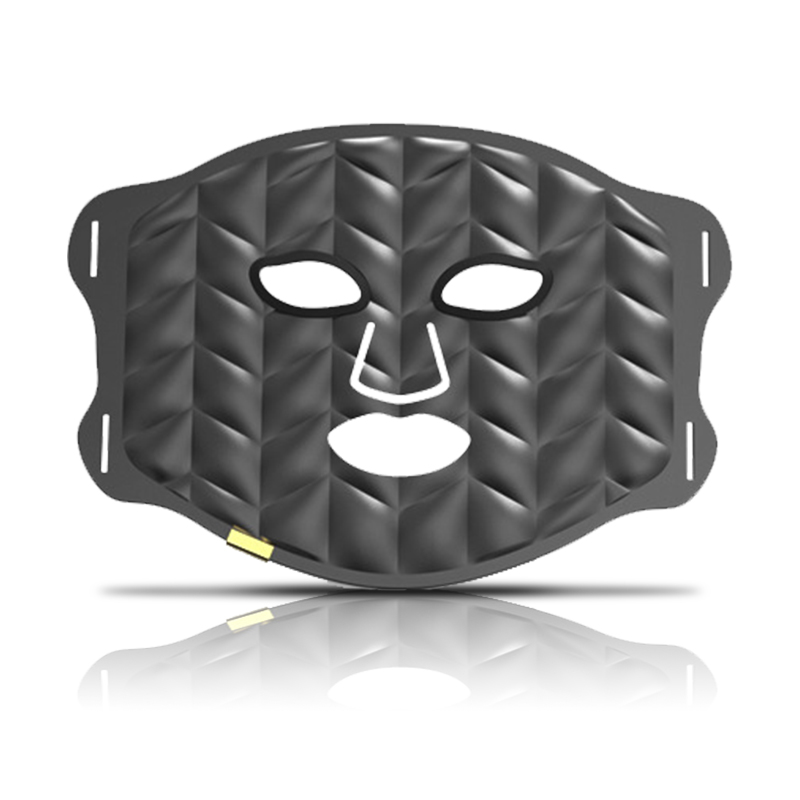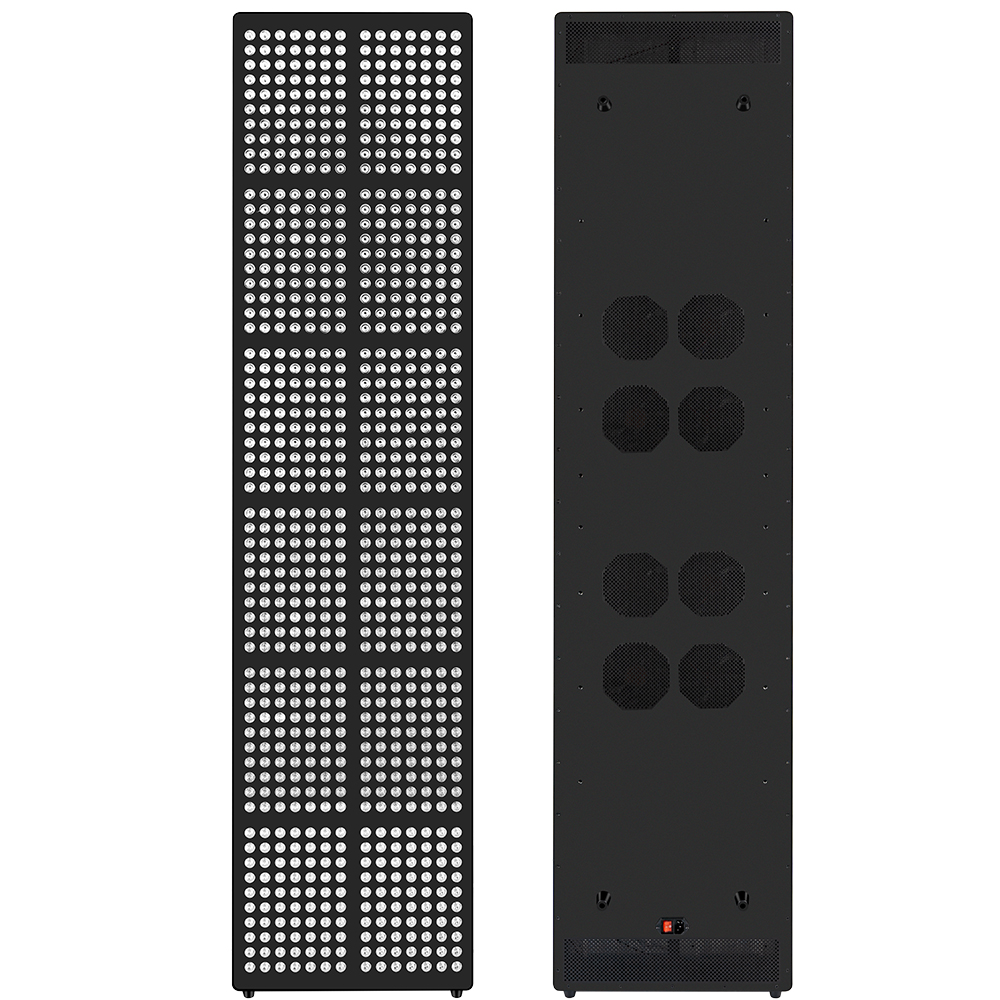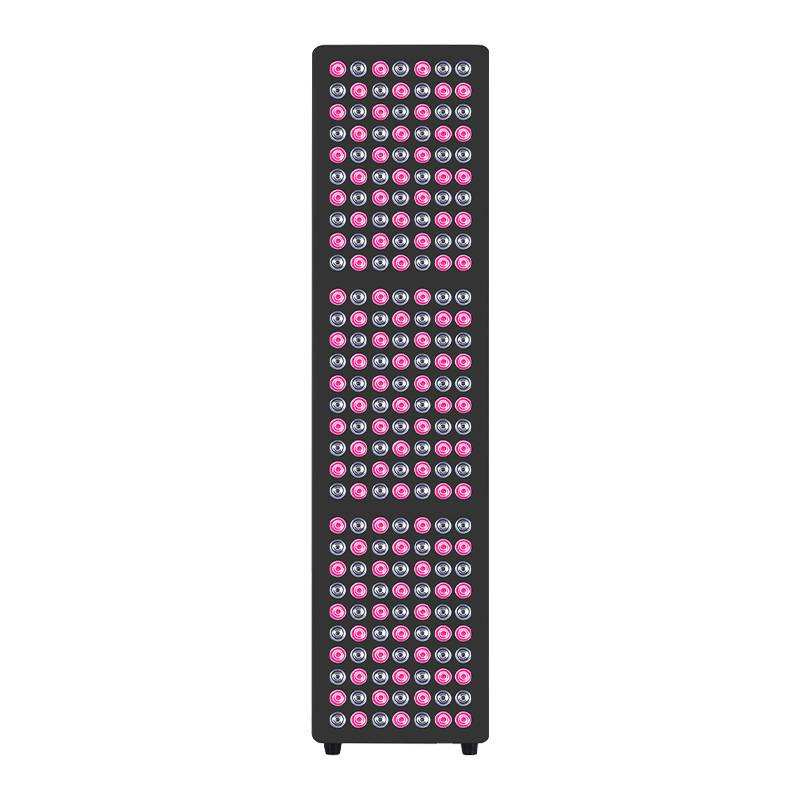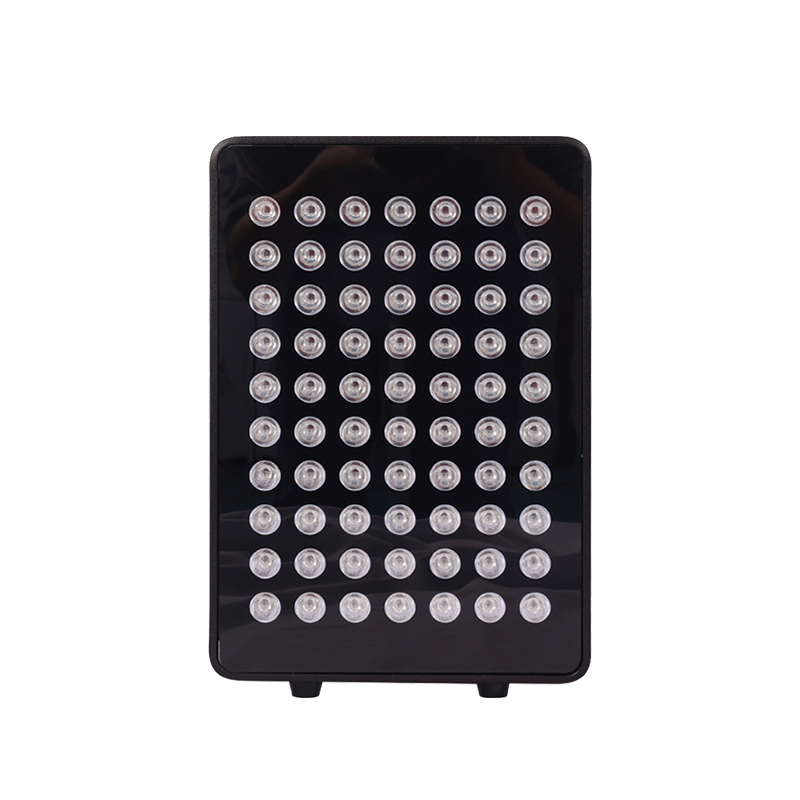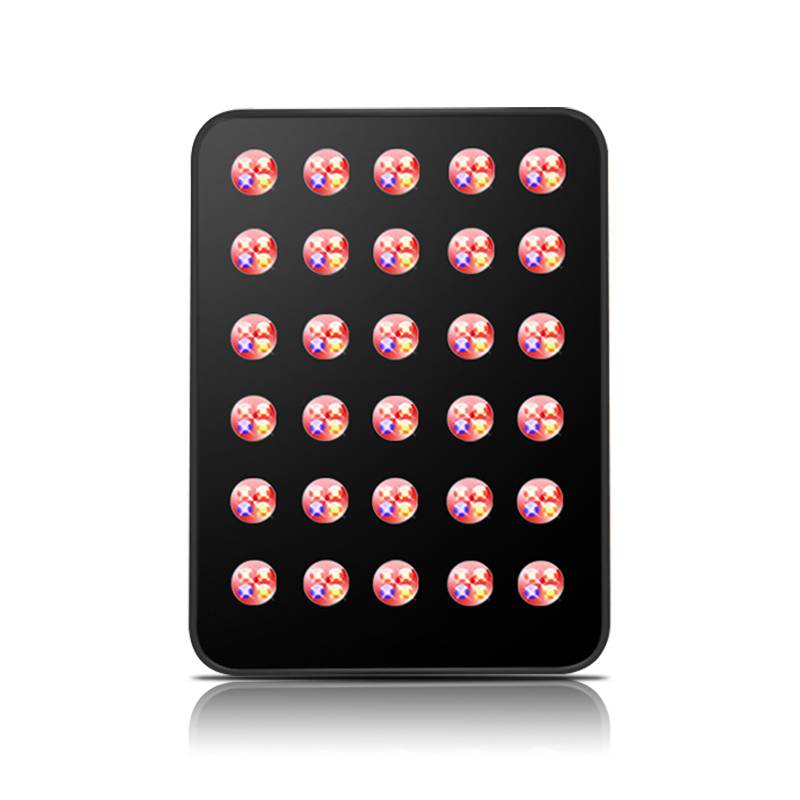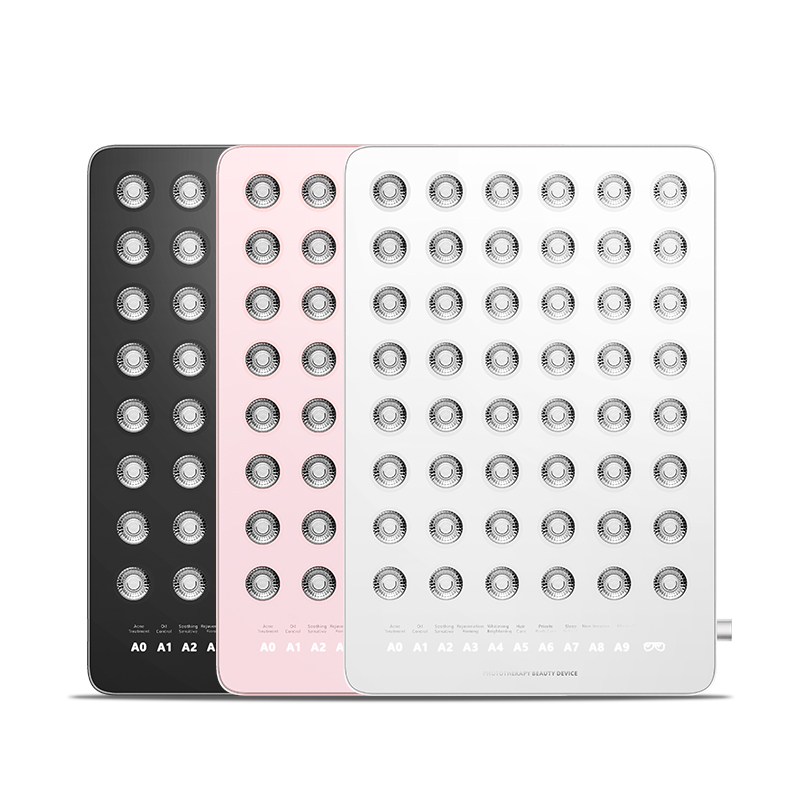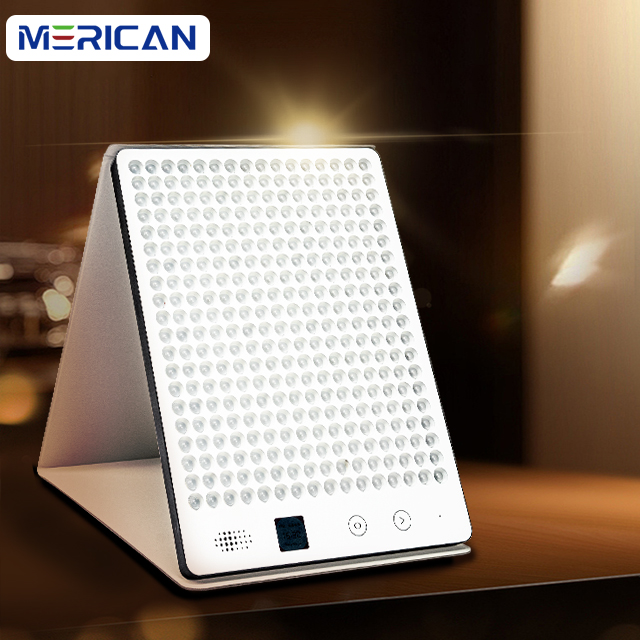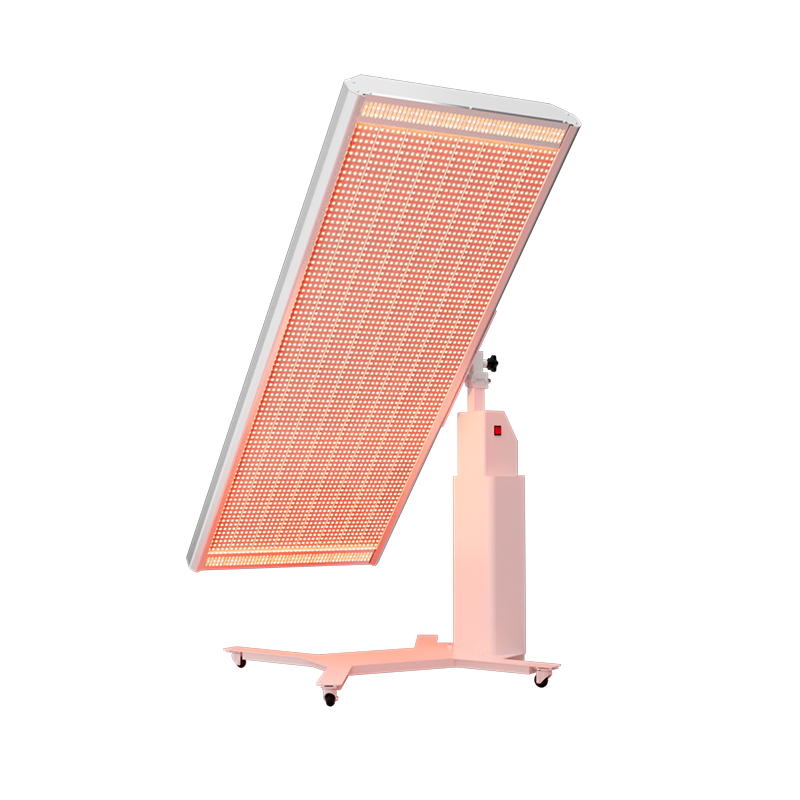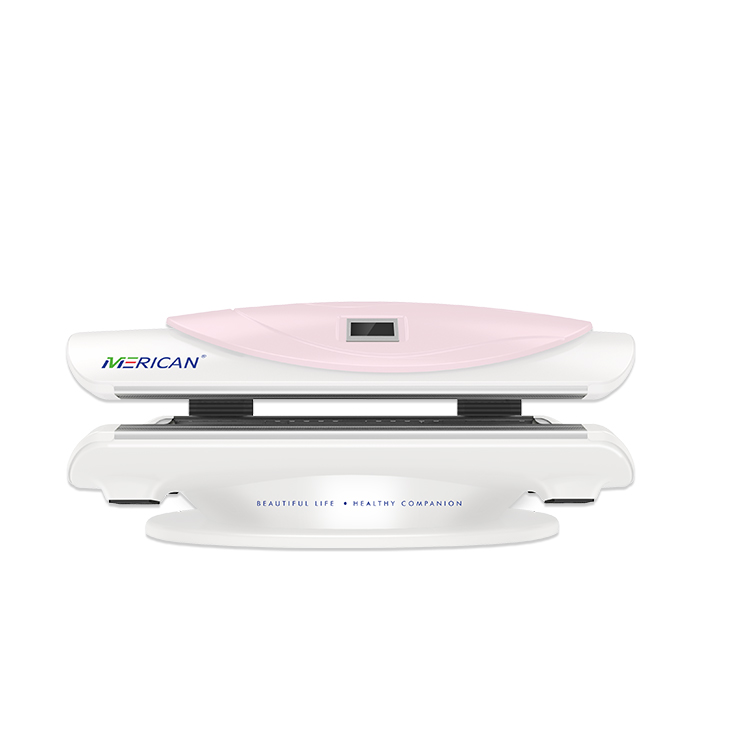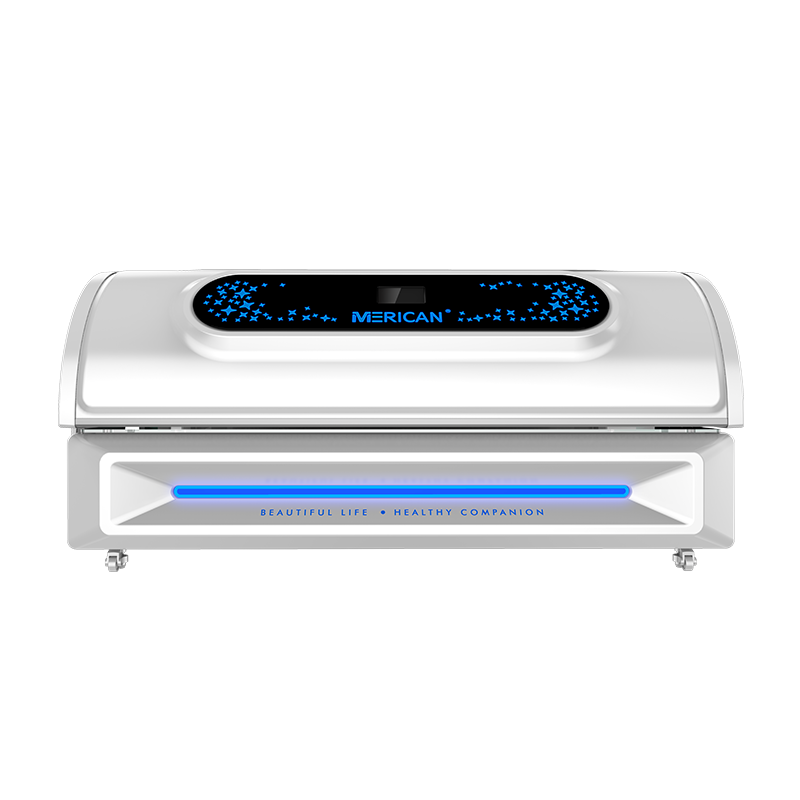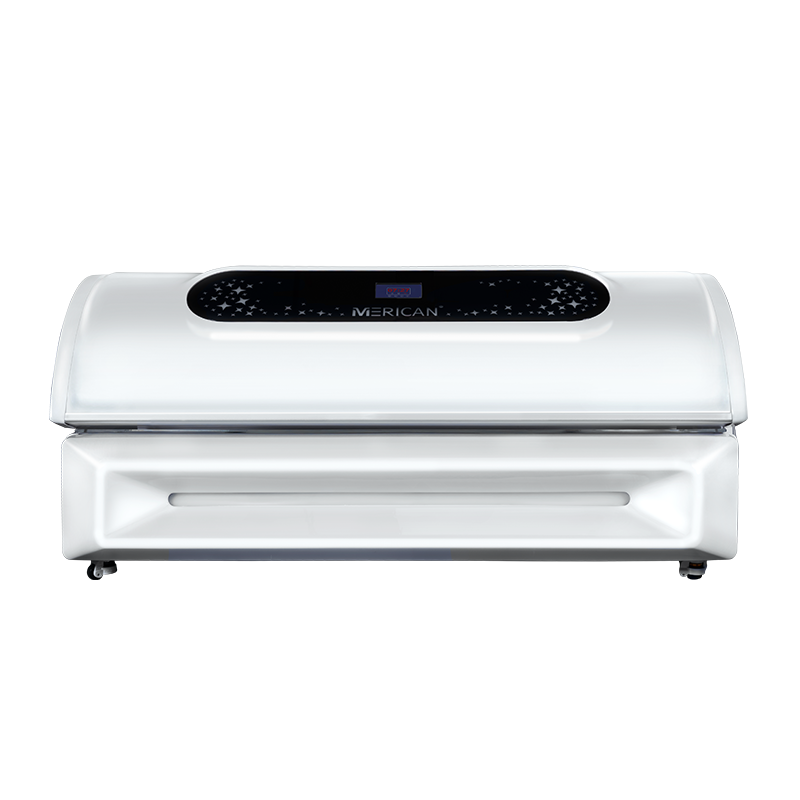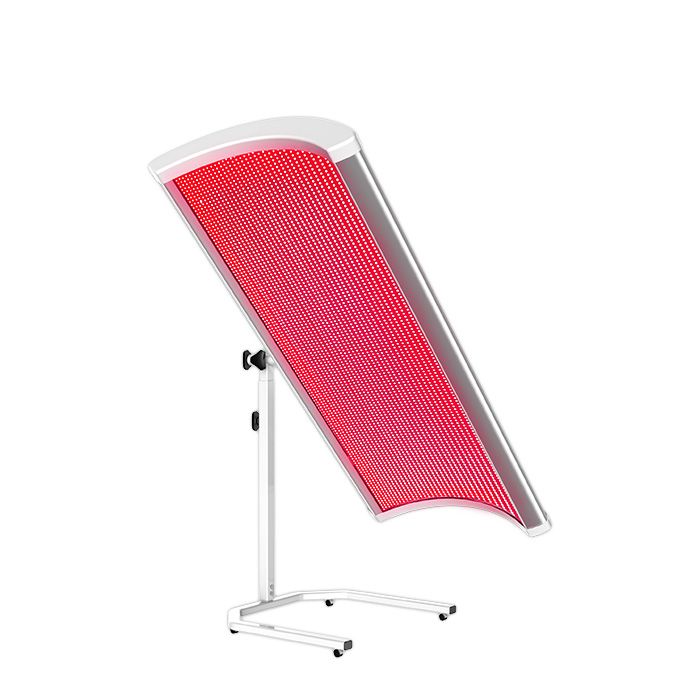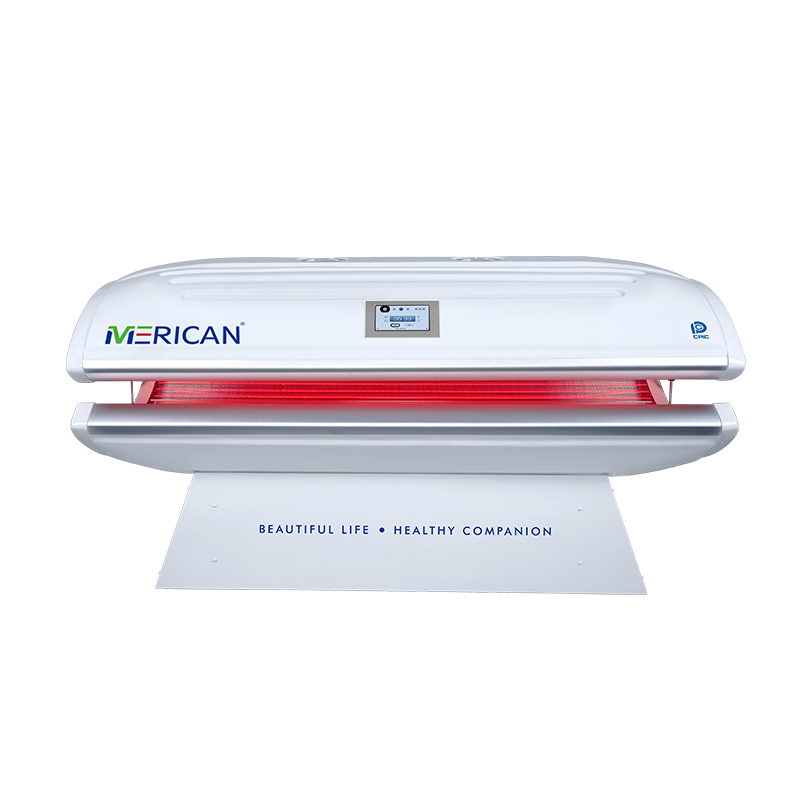Red light therapy (RLT), also known as low-level laser therapy (LLLT) or photobiomodulation, has become one of the most discussed non-invasive treatments in wellness and skincare. But with so many claims about its benefits, one question stands out: how effective is red light therapy really? Let’s look at the scientific evidence behind it.
How Red Light Therapy Works
Red light therapy uses specific wavelengths between 630–700 nm (red light) and 800–1000 nm (near-infrared light) to stimulate cellular activity. These wavelengths:
- Penetrate skin and muscle tissue
- Stimulate mitochondria to produce more ATP (cell energy)
- Support tissue repair and reduce inflammation
By energizing cells, RLT promotes healing and rejuvenation from the inside out.
Evidence-Based Benefits of Red Light Therapy
1. Skin Health and Anti-Aging
- Research shows RLT increases collagen production and reduces wrinkles and fine lines.
- It helps improve skin texture, elasticity, and tone, especially when used consistently.
2. Pain Relief and Inflammation Reduction
- Clinical trials demonstrate RLT’s ability to reduce joint pain, improve muscle recovery, and decrease inflammation after exercise or injury.
3. Wound Healing and Tissue Repair
- Red light promotes faster wound healing by improving circulation and stimulating fibroblast activity.
- It’s used in medical and aesthetic clinics to support recovery post-surgery.
4. Neurological and Systemic Benefits
- Some studies show potential for improving cognitive function and reducing fatigue by enhancing blood flow and mitochondrial performance.
Factors That Affect Efficacy
- Wavelength & Power Density: Optimal ranges (630–670 nm and 810–850 nm) produce the best results.
- Consistency: Regular sessions (3–5 times per week) are more effective than sporadic use.
- Treatment Distance: Maintaining proper distance (6–12 inches) ensures adequate energy delivery.
Conclusion
Scientific evidence supports the efficacy of red light therapy for improving skin health, reducing inflammation, and aiding recovery. While not a miracle cure, it’s a safe, clinically backed treatment that enhances cellular function and overall wellness when used properly.

